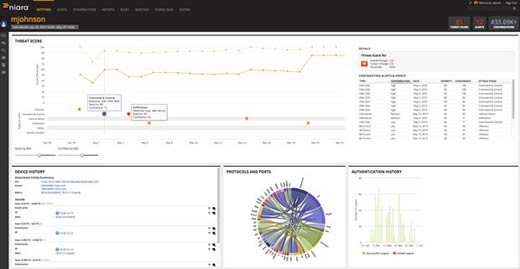One of the biggest challenges that IT organizations face when it comes to security is trying to figure out the difference between a simple anomaly and an actual security event. Often, by the time they do determine that an anomaly is a threat and not just someone working late or accessing files while on vacation, the damage is already done.
To help IT organizations better understand actual user behavior in their environments, Niara, a provider of security analytics software, announced this week that it is partnering with Cloudera to apply its software directly against a Big Data repository in the form of Hadoop.
Niara CEO Sriram Ramachandran says access to data stored in Hadoop will make it simpler to correlate multiple data sources to identify real security threats faster and, just as importantly, more accurately. Without access to that volume of data, IT organizations get inundated with a massive number of security alerts that often cause IT to chase its tail, and over time, the IT organization may even start to ignore them. Integration with the Hadoop distribution from Cloudera gives Niara the ability to apply an additional layer of forensics in the form of Niara Security Intelligence software to reduce the number of alerts being generated to include only events that truly merit additional investigation by IT security.
Not only are IT security professionals hard to come by, they are among some of the most expensive employees to hire in the entire realm of IT. Continually wasting their time by asking them to investigate meaningless alerts becomes prohibitively expensive very quickly.
The good news is that Hadoop is making it more affordable to collect more data than ever. And with this new added layer of security analytics, these security pros can more easily make sense of all that data by generating truly actionable security intelligence instead of another false alarm.




